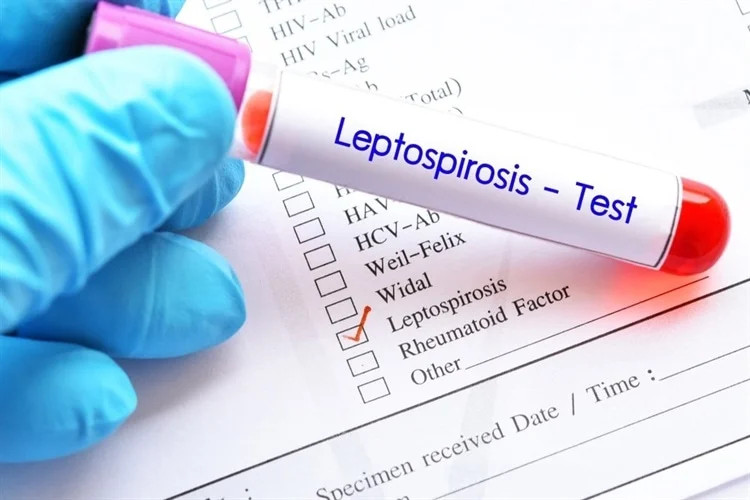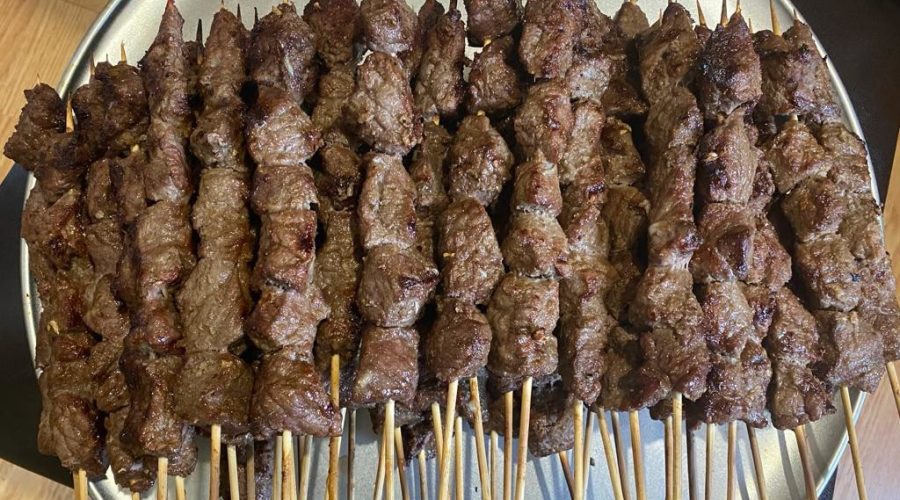Tanzania’s vast cattle population, predominantly comprising Tanzania Short Horn Zebu (TSHZ), plays a crucial role in the nation’s agricultural economy. Despite the significant number of cattle, their contribution to the GDP remains low, with per capita meat consumption falling short of recommended levels. This discrepancy is attributed to the suboptimal performance traits of TSHZ, including low carcass weight and tough meat, primarily due to poor-quality pasture and insufficient water.
 Scientist from the Department of Animal, Aquaculture and Range Sciences, Sokoine University of Agriculture, Morogoro, and the Ministry of Livestock and Fisheries, Livestock Sector, Dodoma, Tanzania, explores the performance of Boran and two strains of Tanzania Short Horn Zebu (TSHZ) cattle when fed three different diets in a feedlot setting. The study addresses these issues by evaluating the feedlot performance of Boran, Iringa Red, and Singida White cattle strains when fed on three distinct diets.
Scientist from the Department of Animal, Aquaculture and Range Sciences, Sokoine University of Agriculture, Morogoro, and the Ministry of Livestock and Fisheries, Livestock Sector, Dodoma, Tanzania, explores the performance of Boran and two strains of Tanzania Short Horn Zebu (TSHZ) cattle when fed three different diets in a feedlot setting. The study addresses these issues by evaluating the feedlot performance of Boran, Iringa Red, and Singida White cattle strains when fed on three distinct diets.
The research study comprehensively analyzes cattle feedlot performance, demonstrating that strategic dietary formulations can significantly enhance growth and economic outcomes. The findings advocate for adopting cassava meal-based diets and the selection of Iringa Red bulls for feedlot finishing, promising a more productive and profitable future for Tanzania’s cattle industry.
The researchers designed a 3×3 factorial experiment involving 54 bulls, equally divided among the three cattle strains. The bulls, aged between 2 and 2.5 years, were subjected to three dietary treatments: a control diet (D1) consisting of hominy feed and molasses, a diet (D2) combining molasses and cassava meal, and a diet (D3) incorporating rice polishing. Over 80 days, the bulls were individually fed their respective diets, with their feed intake and growth performance meticulously recorded. Following the feeding period, the bulls were slaughtered to assess carcass characteristics and perform an economic analysis.
 The results of the study were illuminating. Diet D2, which included molasses and cassava meal, emerged as the most effective, leading to the highest growth rate (0.99 kg/day), final weight (269.9 kg), and carcass weight (140.8 kg). In contrast, Diet D3, which featured rice polishing, yielded the lowest performance metrics. The Boran bulls demonstrated the fastest growth rates, followed by Iringa Red and Singida White. Interestingly, the Iringa Red strain, despite being a TSHZ, exhibited performance metrics comparable to the Boran breed, suggesting its suitability for feedlot finishing.
The results of the study were illuminating. Diet D2, which included molasses and cassava meal, emerged as the most effective, leading to the highest growth rate (0.99 kg/day), final weight (269.9 kg), and carcass weight (140.8 kg). In contrast, Diet D3, which featured rice polishing, yielded the lowest performance metrics. The Boran bulls demonstrated the fastest growth rates, followed by Iringa Red and Singida White. Interestingly, the Iringa Red strain, despite being a TSHZ, exhibited performance metrics comparable to the Boran breed, suggesting its suitability for feedlot finishing.
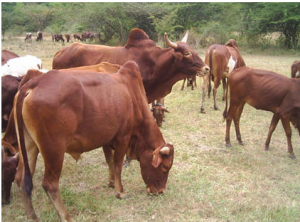 In terms of carcass characteristics, Boran bulls had the highest carcass weight and dressing percentage, indicating their superior performance in a feedlot environment. However, the Iringa Red Bulls showed comparable results, reinforcing the potential of this strain for commercial meat production. The economic analysis further supported these findings, with Diet D2 and Boran Bulls achieving the highest gross margins. This indicates that the combination of molasses and cassava meal is not only nutritionally beneficial but also economically viable.
In terms of carcass characteristics, Boran bulls had the highest carcass weight and dressing percentage, indicating their superior performance in a feedlot environment. However, the Iringa Red Bulls showed comparable results, reinforcing the potential of this strain for commercial meat production. The economic analysis further supported these findings, with Diet D2 and Boran Bulls achieving the highest gross margins. This indicates that the combination of molasses and cassava meal is not only nutritionally beneficial but also economically viable.
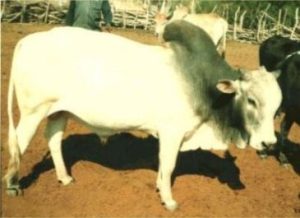
The study’s conclusions are significant for Tanzanian livestock farmers and the broader agricultural sector. By highlighting the efficacy of locally available feed resources, such as cassava meal, the research underscores the potential for improving cattle performance and profitability. Specifically, the Iringa Red strain’s comparable performance to the Boran breed offers an alternative for farmers aiming to optimize feedlot finishing. This is particularly relevant in the context of rising feed costs and the need for sustainable agricultural practices.
For more information CLICK HERE
Salum, K. A., Laswai, G. H., and Mushi, D. E. (2024). Performance of Boran and two strains of Tanzania Short Horn Zebu cattle fed on three different diets. International Journal of Animal Science and Technology, 8(2), 21-29. https://doi.org/10.11648/j.ijast.20240802.12
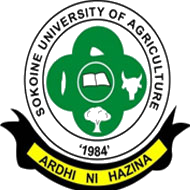
The Department of Animal, Aquaculture, and Range Sciences
The College of Agriculture, Sokoine University of Agriculture
Share this page


